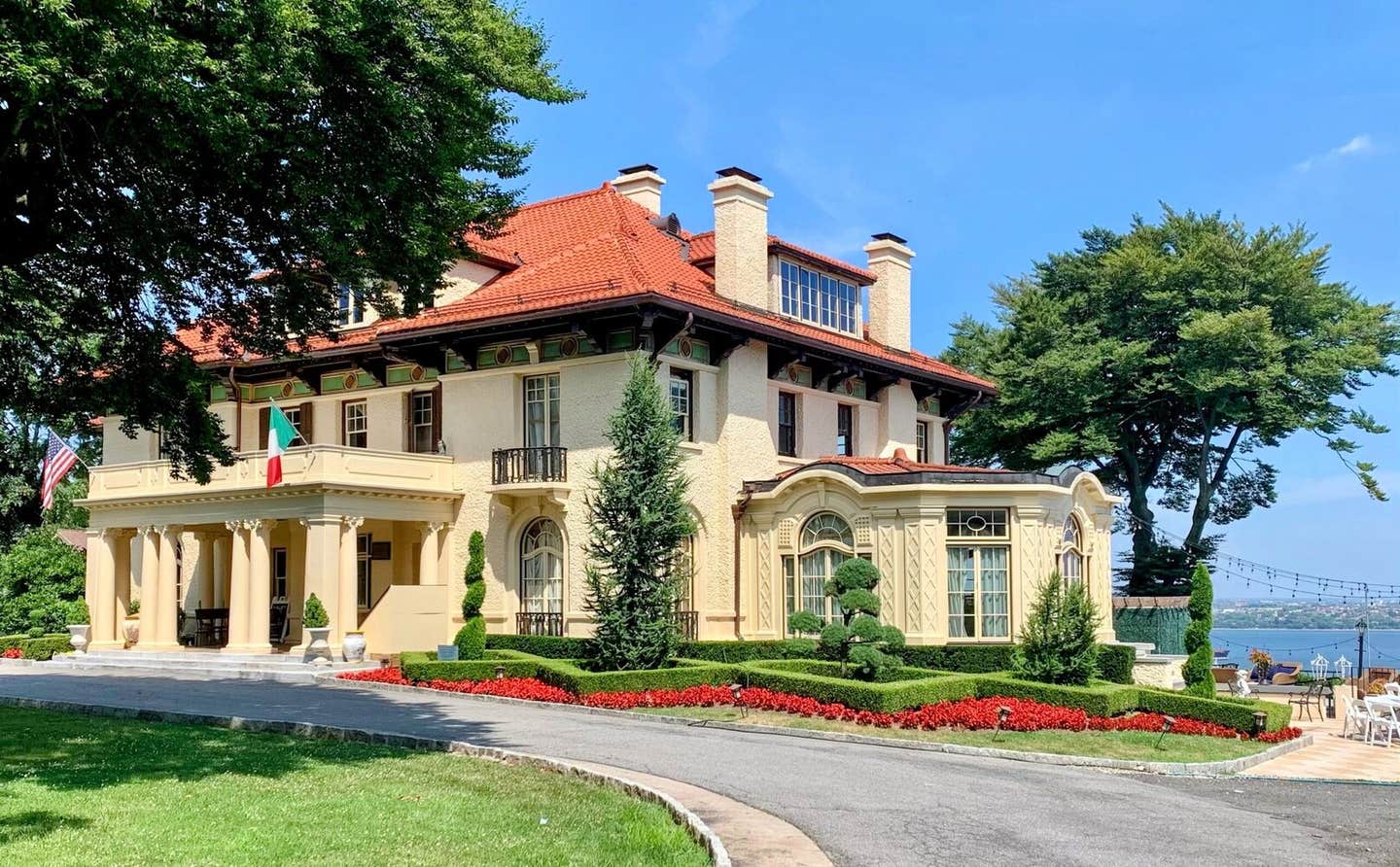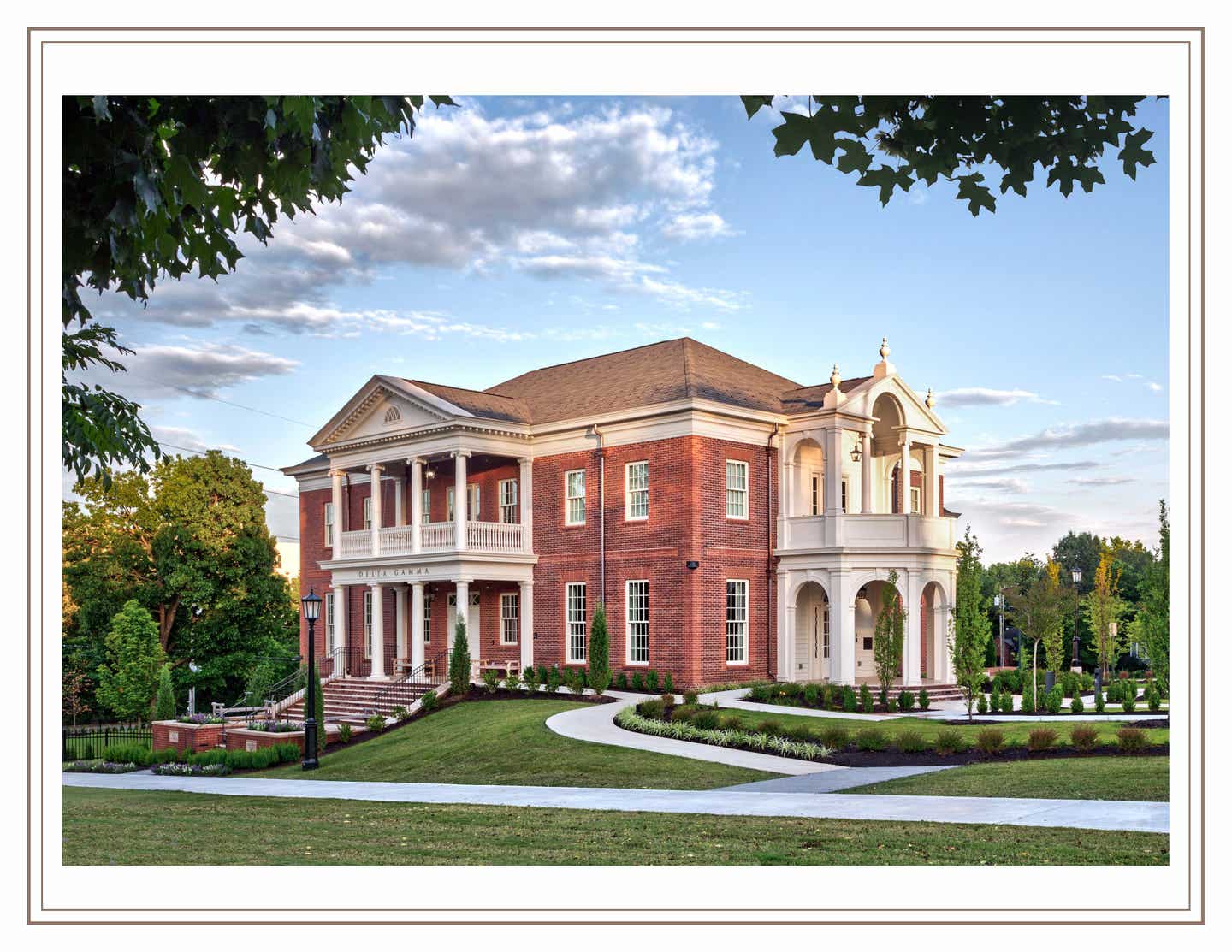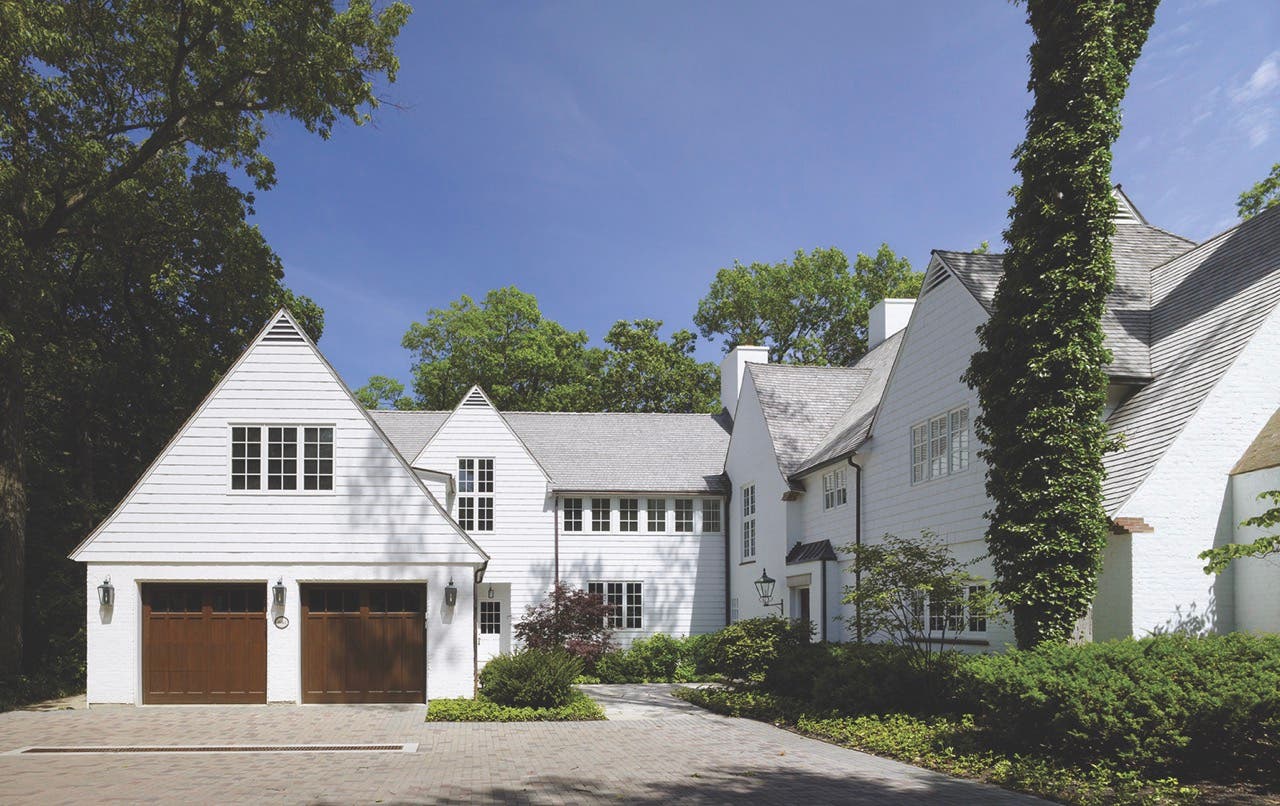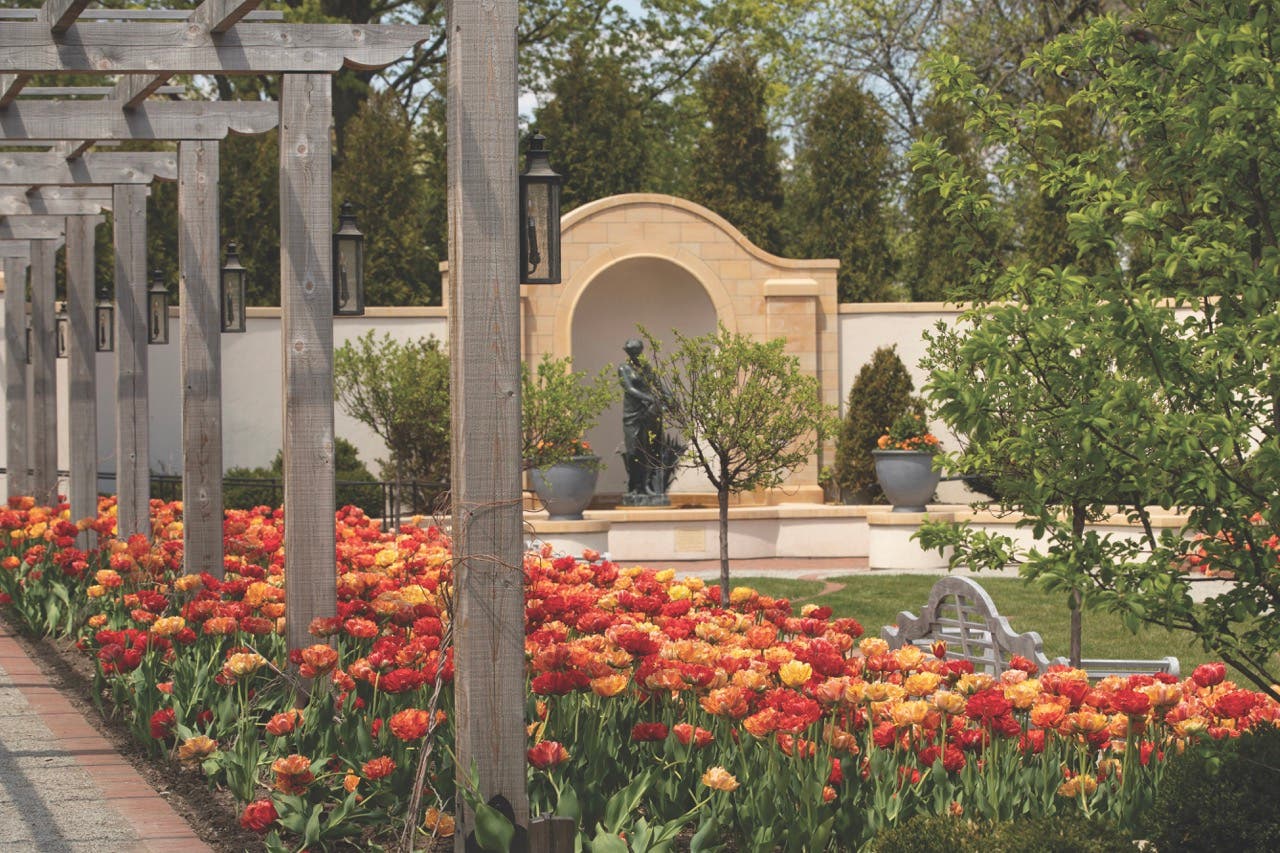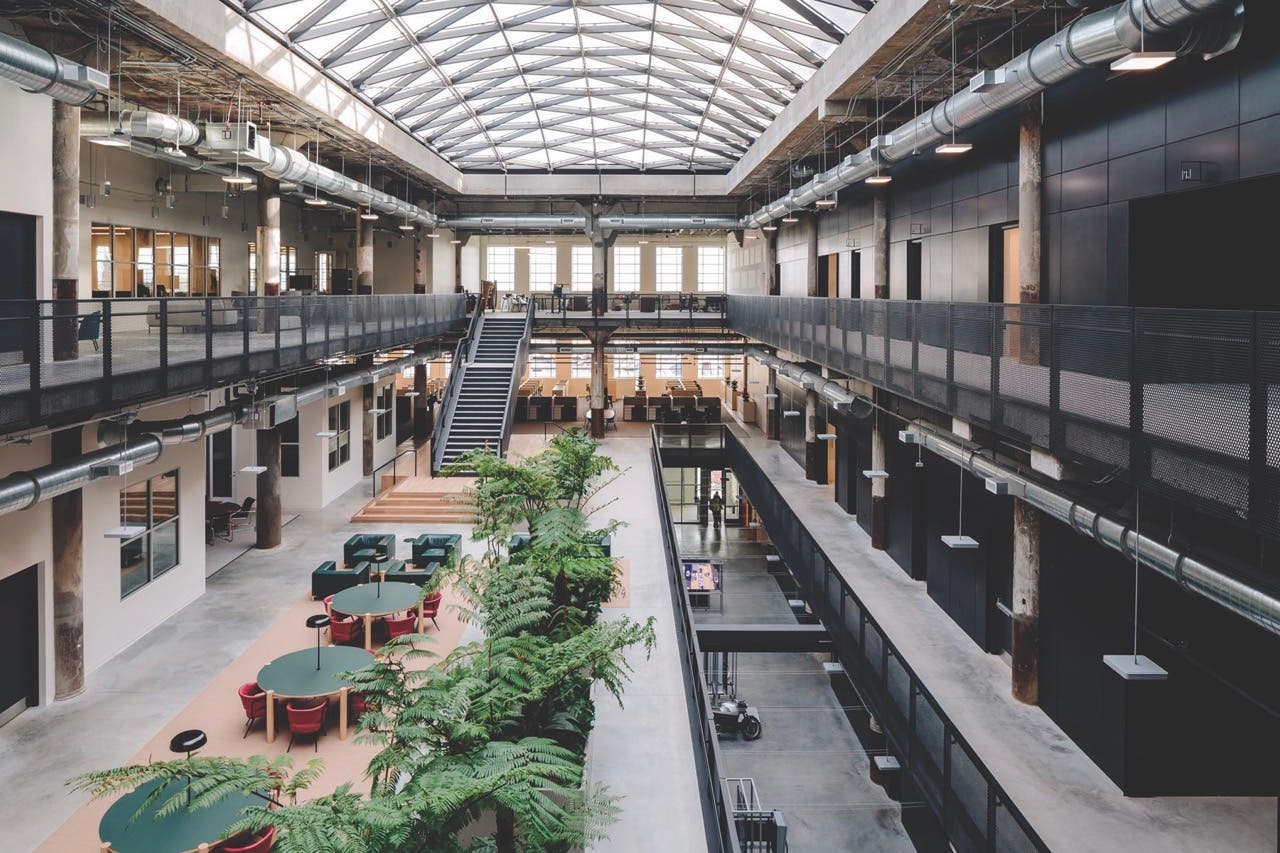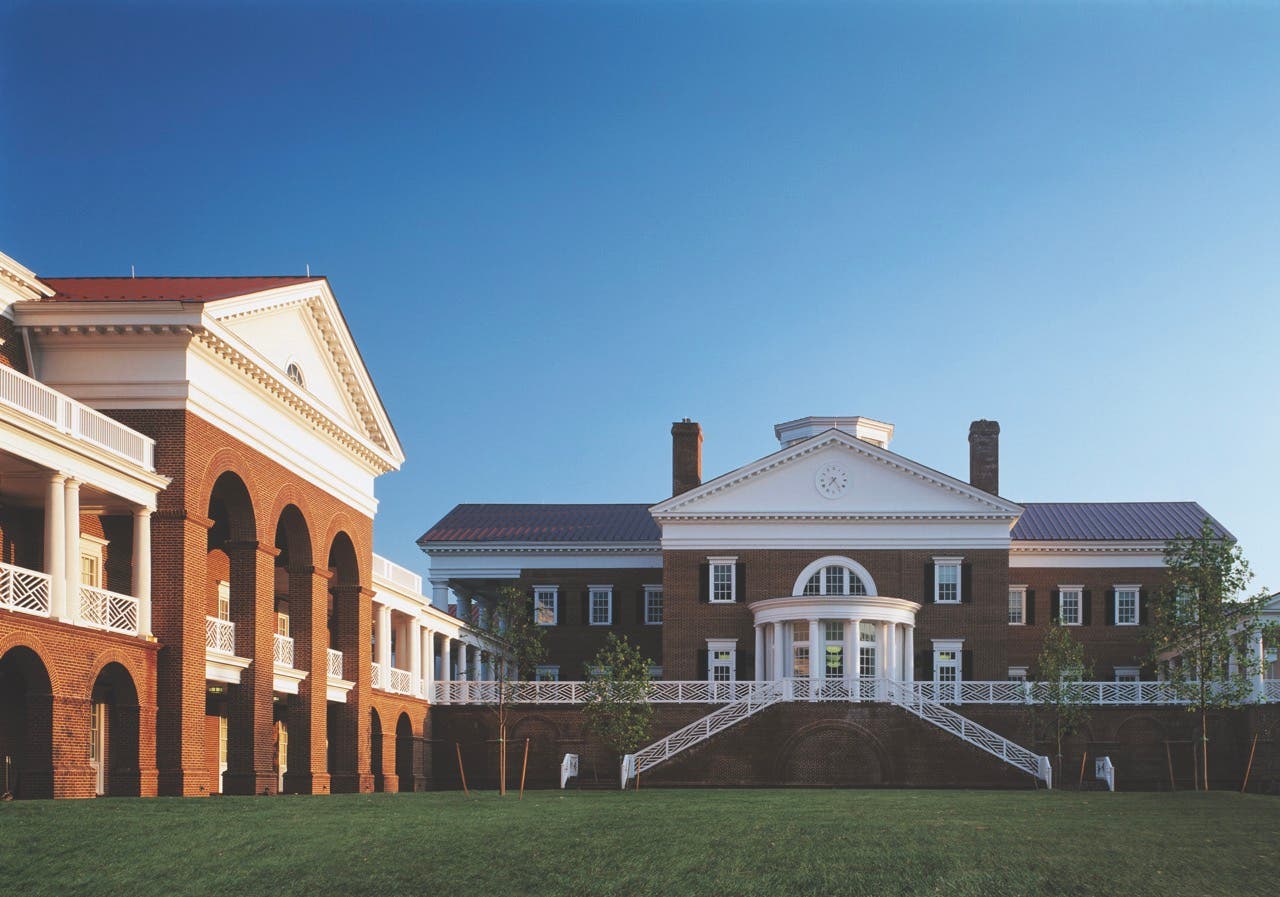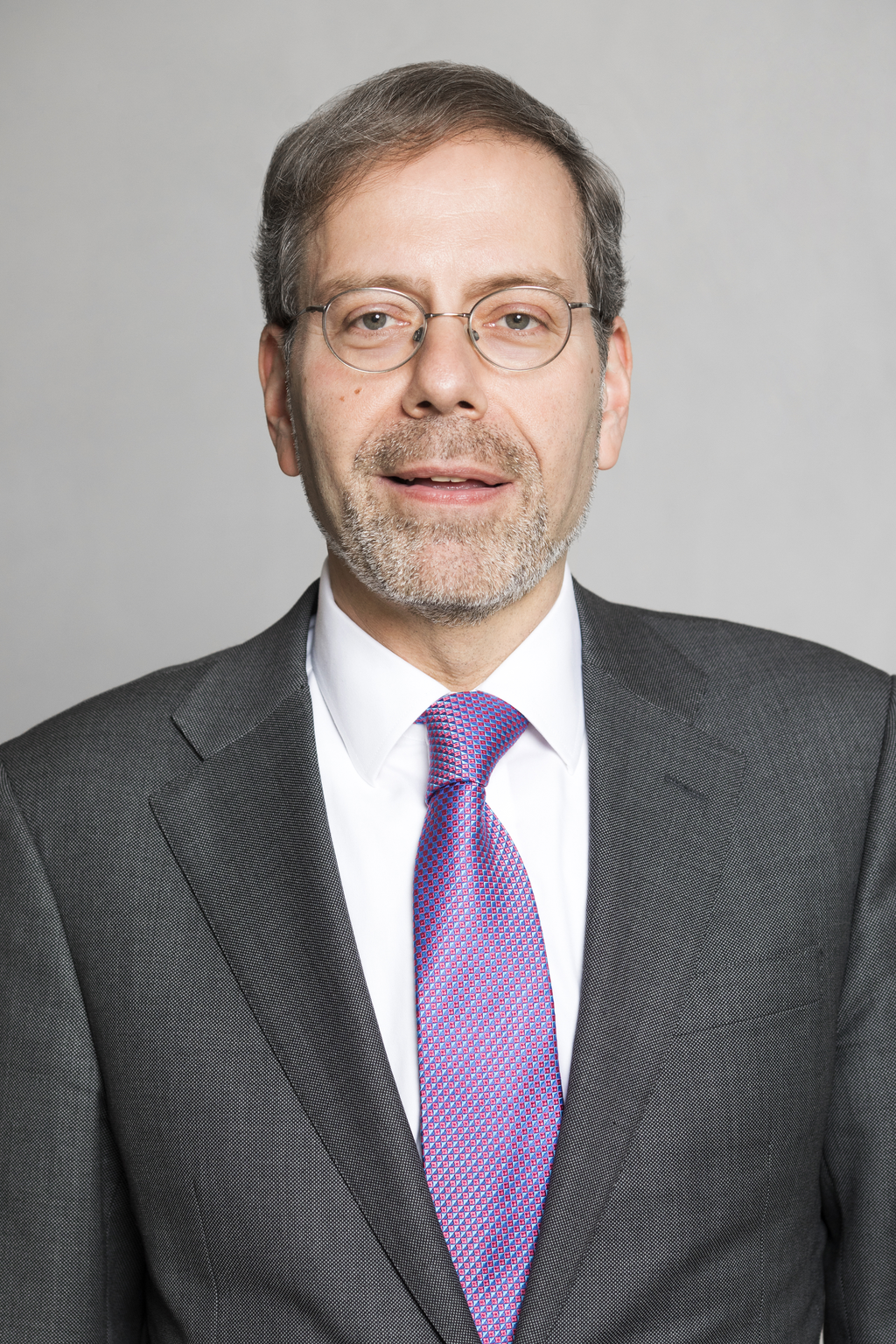
Features
The 25 – Preston Gumberich
A partner at Robert A.M. Stern Architects, Preston Gumberich has honed his experience in traditional design, historic preservation, and adaptive reuse by revitalizing historic structures as well as by working within historic districts and on college campuses around the country.
Much of his work in historic preservation has involved public buildings in dense urban centers, where his projects have had a transformative effect.
Gumberich’s design for the University of Connecticut’s Downtown Hartford Campus, which restored, repurposed, and sensitively added on to the historic Hartford Times Building, is helping revitalize the city. His dynamic new Virginia General Assembly Building rejuvenates Richmond by preserving and incorporating the early 20th-century facades of the headquarters of the Life Insurance Company of Virginia. But his work in historic preservation also extends to significant modern buildings, such as the U.S. Chancery in Dublin, Ireland.
“It’s always incredibly gratifying to breathe new life into a beautifully detailed and designed building,” he says, “and to know that many occupants and passersby alike will appreciate your work.”
He sees himself as a steward of the built environment. “The importance of historic preservation and the repurposing of heritage buildings cannot be overstated,” he says. “Although this often makes good sense from a sustainability point of view and sometimes from a financial standpoint, the truth is that such craftsmanship and beauty cannot easily be replicated in our time. Once gone, these buildings will be lost forever. We have a duty and responsibility to save historical treasures and find new uses for them–for our benefit and for the benefit of generations to come.”




